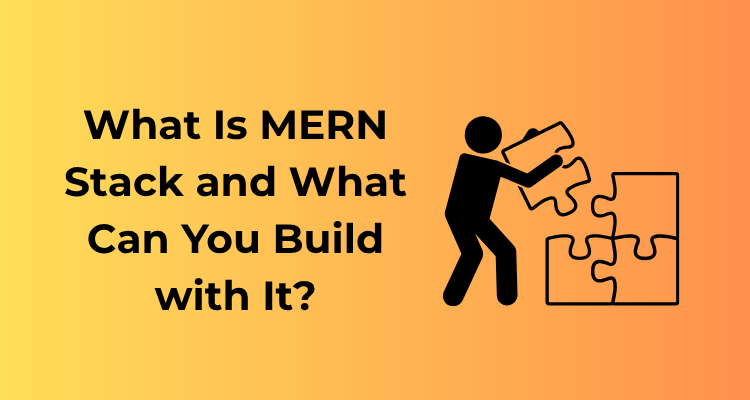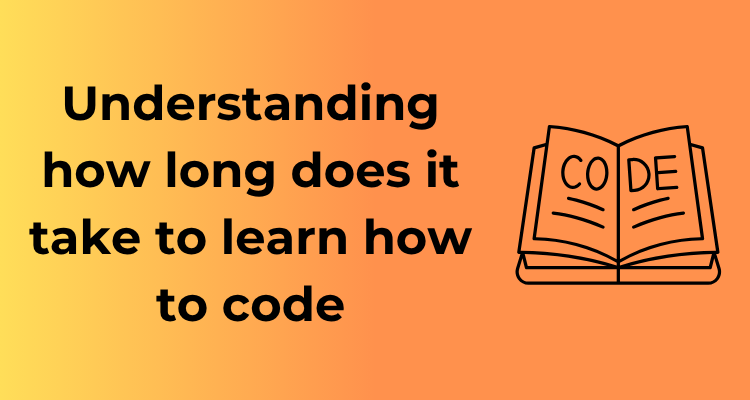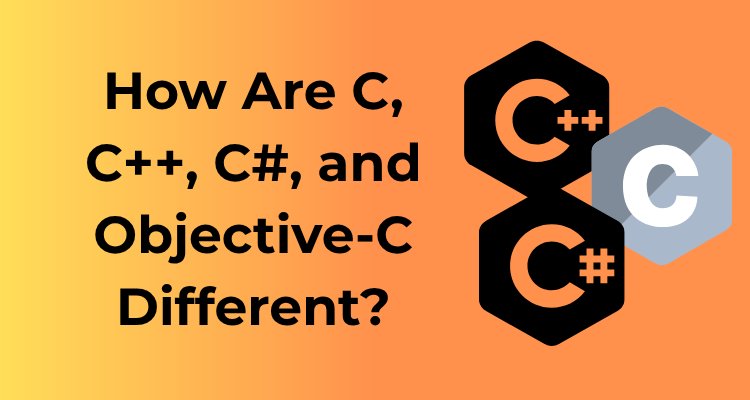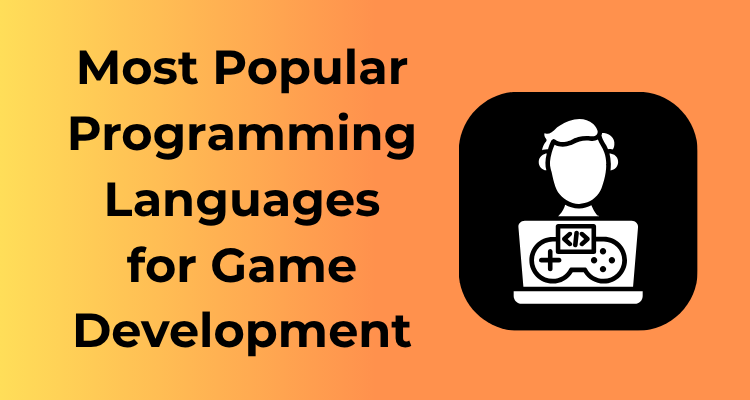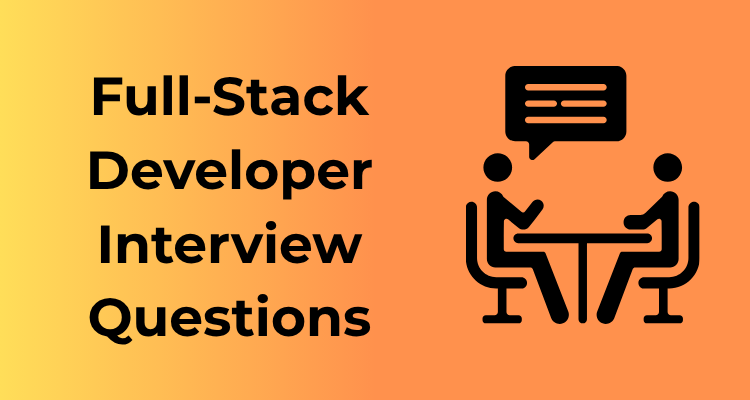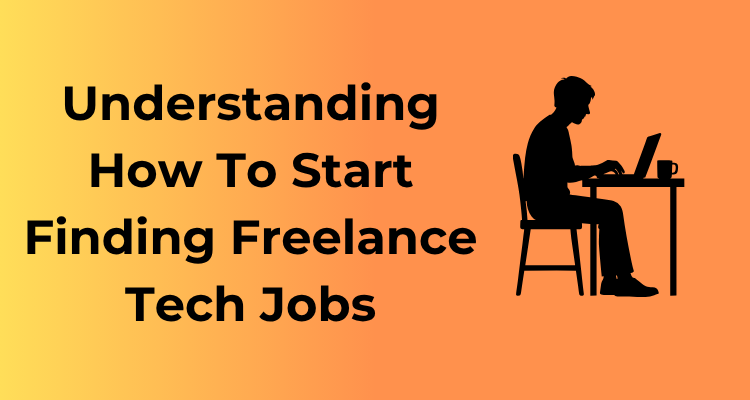If you’ve ever wondered what makes web development so exciting and dynamic today, the MERN stack is a significant part of the story. Let’s dive into what this powerful combination of technologies is all about and why it’s loved by so many developers.
What Does MERN Stand For?
MERN is an acronym for four technologies that work together to create smooth, full-featured web applications from scratch. Here’s the breakdown:
- MongoDB: This is a NoSQL database that stores data in a flexible, JSON-like format. It’s different from traditional relational databases, making it adaptable for modern web applications that handle diverse and ever-changing types of data.
- Express.js: Think of Express.js as the reliable backbone for your server. It’s a lightweight and fast web framework for Node.js that simplifies writing server code while ensuring flexibility for developers.
- React: This is the magic behind stunning user interfaces. Developed by Facebook, React lets developers build reusable UI components, paving the way for fast and dynamic user interactions.
- Node.js: The engine that drives the whole stack! Node.js enables server-side JavaScript execution, ensuring smooth and scalable performance, especially for real-time applications.

How Do These Pieces Work Together?
When you hear about the MERN stack, think of it as a harmonious team. Here’s how these technologies collaborate:
- First, React handles crafting an engaging frontend interface, where users interact with your app.
- That interface communicates with the backend, which is built on Express.js and Node.js. These two work together to manage routes, handle API calls, and interact with the database.
- MongoDB, at the foundation, stores and retrieves your application’s data seamlessly, ensuring everything remains organized and accessible.
Each of these components has its own role but works together effortlessly, enabling developers to work with just one programming language—JavaScript—throughout the development process. This synergy is part of why MERN has become so popular.
Why These Four?
Good question! MERN isn’t just a random collection of tools. Each component is wildly popular and best-in-class within its category.
- MongoDB: Handles massive amounts of unstructured data, such as user comments, images, and logs efficiently.
- Express.js: Makes server-side coding as smooth as silk, with features to manage cookies, sessions, and APIs with ease.
- React: Renders UI changes without reloading the entire page (thanks to its virtual DOM), giving you a fast, smooth user experience.
- Node.js: Optimizes performance, handling outside connections and running JavaScript code on the server like a champ.
When combined, these technologies form a cohesive ecosystem. If you’re a fan of efficiency (and we bet you are), the MERN stack is a developer’s dream.
Is It for Beginners?
In short: yes! While MERN does require effort to master, it’s beginner-friendly compared to many other full-stack approaches. If you already know JavaScript, you’re halfway there. Start with one component—React or Node.js—and expand your knowledge step by step. Along the way, you’ll realize just how versatile and rewarding this stack can be.
And that’s the MERN stack in a nutshell! Whether you’re a curious beginner or a developer leveling up your skills, understanding these four core pieces is the first step in unlocking the doors to building powerful, modern web applications.
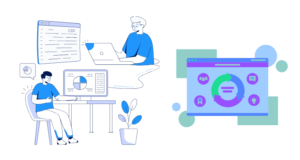
Why MERN Stands Out: Key Advantages for Developers
So, you’ve heard of MERN, right? MongoDB, Express.js, React, and Node.js—the fab four of web application development. But why does MERN stack stand out when there are so many other options out there? Let’s dig into this a bit and explore why developers can’t stop raving about it!
1. Full-Stack Coverage with JavaScript
Let’s start with the real MVP here: JavaScript. MERN leverages JavaScript across the board—front-end, back-end, and database handling. That means developers can write in a single, unified language for the entire application! Sounds like a dream, right? No more juggling syntax differences between your front-end and back-end.
This consistency makes it easier for developers to hop between layers of an application without feeling like they’ve landed on another planet. Learning MERN, mastering it, and maintaining apps built with it becomes a much smoother ride compared to multi-language stacks.
2. React for Interactive User Interfaces
Any development stack is only as good as its ability to build great user interfaces, and React brings its A-game! It’s renowned for being one of the most efficient and powerful front-end libraries for crafting dynamic, responsive user experiences. React is component-based, meaning you can create reusable UI pieces, saving tons of time and effort.
Plus, React has a huge developer community. If you’re ever stuck, you’ve got countless tutorials, forums, and resources at your fingertips. Having React as part of the MERN stack is like strapping a turbo engine to your front-end development.
3. Scalability and Performance
Want to build an app that starts small but has the potential to scale massively? The MERN stack has got your back. Node.js as a backend runtime environment is built for scalability and efficiency. It excels at handling multiple simultaneous client requests (hello, fast server response times!).
Pair Node.js with MongoDB, a non-relational database that allows for flexible data storage, and you have a duo perfect for accommodating complex, growing applications. Developers love the freedom MongoDB provides for dynamic data handling, especially in projects where the exact structure of data might evolve over time.
4. Open-Source Goodness
Here’s another reason MERN stands out: It’s completely open source. What does this mean for you as a developer? You get access to a wealth of libraries, tools, and community-contributed innovations—all free. The open-source nature encourages ongoing improvements, bug fixes, and creative solutions, which benefit everyone using the stack.
5. Ease of Learning and Availability of Resources
New to web development? MERN is one of the easier stacks to pick up. Thanks to JavaScript’s ubiquity, learning resources for every component of the MERN stack are widely available. Whether you prefer written tutorials, video series, or hands-on workshops, you won’t be short on options. It’s beginner-friendly yet powerful enough for advanced developers to build enterprise-grade applications.
- Already know JavaScript? You’re off to a head start!
- Tons of frameworks, libraries, and templates make development quicker.
- Vibrant community makes troubleshooting and idea-sharing a breeze.
Final Thoughts: Why Choose MERN?
MERN stands out because it’s modern, fast, and versatile. Whether you’re creating a simple portfolio, a sprawling e-commerce site, or the next viral web app, this stack provides you with all the tools you need to succeed. Developers swear by it for a reason: MERN gives you the power and creativity of full-stack JavaScript development while making your life easier. And who doesn’t want that?
From Static to Dynamic: How MERN Powers Web Applications
Imagine visiting a website where content doesn’t feel stagnant but instead adapts, interacts, and keeps you engaged. That’s the magic of dynamic web applications, and the MERN stack plays a pivotal role in bringing them to life. But how does it happen, and why is the MERN stack so effective at powering these lively experiences? Let’s dig in!
What Does “Dynamic” Even Mean?
Dynamic web applications are visually appealing, responsive, and, most importantly, interactive. Instead of just presenting static content (like a basic HTML page), they allow users to perform actions like submitting a form, leaving comments, filtering results, or even updating their profile information. Think about platforms like Netflix or a weather forecaster—these sites continuously fetch, display, and update data for users. That’s dynamism in action.
How MERN Makes It Happen
The MERN stack enables these dynamic solutions by seamlessly connecting its four components:
- MongoDB: MERN’s database layer is perfect for storing, retrieving, and managing extensive amounts of user-driven data. Users need data they enter—like their shopping cart contents or saved playlists—to be persistently available across sessions, and MongoDB handles this beautifully.
- Express.js: The middleware that bridges the gap between the frontend and the database. It’s fast and designed to handle complex routes where users’ data flow back and forth efficiently. Think about it as the seamless translator behind all requests happening on the app.
- React: React creates those sleek, reactive interfaces you interact with as a user. Its component-based design allows developers to build modular, state-driven UIs that update without reloading the page. Scrolling feeds, real-time notifications, or instant search suggestions? All handled effortlessly with React!
- Node.js: Node.js powers the backend of a MERN application, allowing real-time events and request handling to occur efficiently. It facilitates scalability, which means your app responds as quickly to one user as it does to a thousand.
Scenarios Where MERN Brings the Dynamism
So, where do you see MERN’s capabilities shine? Here are some common use cases:
- Social Media Platforms: React’s real-time updates make it perfect for features like instant likes, shares, and comment sections, all powered by MongoDB/Node.js handling a massive amount of user interactions.
- Dashboards and Admin Panels: Need a clean, interactive interface with charts, graphs, or summaries that update instantly? MERN can handle it effortlessly.
- Content Management Systems (CMS): Imagine a blog where the user can add, update, or delete content while viewing changes live. MERN makes handling and integrating such functionality a breeze.
Building for the Future
Dynamic web applications have become a standard, not an exception, in today’s digital landscape. Using the MERN stack, developers can ensure their applications are future-proof, scalable, and optimized for user engagement. Whether you’re creating a collaborative workspace tool, an education platform, or the next big entertainment hub, MERN truly lets you bring your ideas to life.
Is MERN the Go-To Choice for E-Commerce Development?
Have you ever been curious about building an e-commerce platform and wondered what technology stack you should choose? Let me tell you—it’s hard to have that conversation without mentioning MERN. With so many frameworks and stacks available, deciding on the right one might seem overwhelming, but MERN consistently stands out as a go-to choice for e-commerce development. Why, you ask? Let’s dive into it!
Why MERN Shines for E-Commerce
MERN (consisting of MongoDB, Express.js, React, and Node.js) checks a lot of boxes when it comes to e-commerce platforms. Here’s why it’s such a powerful option:
- Seamless Front-to-Back Integration: MERN is a full-stack JavaScript solution, meaning both the frontend and backend run on JavaScript. This ensures smooth communication between components, making development more consistent and efficient.
- React for Stellar User Experiences: React.js is famous for creating highly dynamic and interactive user interfaces (UI). In e-commerce, a smooth and intuitive shopping experience can make or break your platform, and React handles this beautifully.
- Scalability: As your online store grows, you’ll need a system that can scale effortlessly. With the dynamic nature of MongoDB’s NoSQL database and Node.js’s non-blocking architecture, MERN has got your back!
- Speed of Development: MERN uses reusable components and follows a modular structure. This speeds up your build time, so you’re not stuck in an endless cycle of coding and debugging.
- Support for Real-Time Features: Need features like live chat, real-time product updates, or a smooth checkout experience? Thanks to WebSockets and MERN’s robust backend environment, these functionalities are easier to implement.
What Can You Achieve with MERN in E-Commerce?
Using the MERN stack, you can create absolutely stellar e-commerce solutions tailored to your specific needs. From tiny online boutiques to expansive multi-vendor marketplaces, the possibilities are pretty much endless. Here’s what you could envision building:
- **A Sleek Product Showcase:** Stylish, responsive product catalogues that wow your users.
- **Dynamic Search and Filtering:** Allow your customers to find exactly what they want using instantaneous search and sorting powered by React and MongoDB.
- **Personalized Recommendations:** MERN supports the integration of data analytics tools, which means you can serve up recommendations based on customer preferences.
- **Secure and Fast Payment Gateways:** Create smooth pathways for payment systems like Stripe or PayPal using Node.js and Express.js.
- **Admin Dashboards:** Offer backend dashboards for store management, inventory tracking, and sales analytics—all built with MERN.
Challenges to Consider
Is MERN perfect? It has a lot going for it, but, like anything else, there are a few challenges to keep in mind:
- Learning Curve: The stack is JavaScript-heavy, which means developers need a solid command of the language and proficiency with each component.
- Maintenance: Since you’re building a custom solution, it requires active upkeep on your part to roll out updates or address bugs.
The Verdict: Should You Go MERN for Your E-Commerce Platform?
If you’re keen on building a robust, scalable, and modern e-commerce solution, the MERN stack ticks all the right boxes. Its versatility ensures you can start small and grow big, without missing out on the dynamic user experiences customers now expect.
That said, whether MERN is the right choice for you ultimately depends on your project’s unique requirements, your familiarity with the stack, and your team’s technical strengths. If you’re up for the challenge, there’s no reason MERN can’t help you create the next big thing in e-commerce.
Custom-Built Platforms: How MERN Fits into Unique Needs
One of the most exciting aspects of the MERN stack is its incredible flexibility and adaptability, making it an ideal choice for custom-built platforms. Whether you’re creating a niche marketplace, a tailored content management system, or a sophisticated internal tool for your company, MERN has the tools and trifecta of technologies to support your vision.
The Magic of “Custom”
Think about it—every business has its own unique goals, challenges, and audience demographics. When off-the-shelf solutions just won’t cut it, developing a custom platform becomes the best route forward. Here comes MERN to the rescue! Its modular architecture makes it an ultra-agile framework for building platforms that serve very specific needs.
For example, you can design a platform from scratch with a finely tuned user experience that truly matches your brand’s tone and objectives. With MERN, the possibilities are as wide-ranging as your imagination.
Why MERN Works So Well for Custom Solutions
So, what makes the MERN stack really shine for custom-built platforms? Let’s break it down:
- Scalability: Built on technologies designed for growth, such as MongoDB’s flexible NoSQL database and React’s component-driven architecture, MERN ensures your platform scales smoothly alongside your expanding user base.
- Customization: Need a tailor-fit solution instead of a cookie-cutter one? MERN’s open-source nature and easily extendable technologies allow developers to customize and tweak at every level.
- Seamless Communication: Thanks to Node.js, your server-side logic and client-side interactions speak the same language—JavaScript. This synergy simplifies the development process and boosts efficiency when making your platform interact seamlessly.
- Rich UI/UX Possibilities: React is a game changer when it comes to developing smooth, interactive interfaces, allowing you to create a visually appealing and user-friendly experience tailored to your audience’s behaviors and preferences.
Examples of Custom MERN Projects
Still on the fence about just how versatile MERN can be? Here are a few examples of the types of custom platforms you could craft:
- Industry-Specific Portals: Imagine a platform built exclusively for healthcare providers that integrates patient records, scheduling, and HIPAA compliance seamlessly.
- Learning Management Systems (LMS): Picture an education hub tailored to online classrooms, complete with custom quizzes, tracking features, and video content streaming—all powered by MERN.
- Event Management Applications: Build a bespoke tool for event organizers where they can publish schedules, sell tickets, and even track attendee engagement in real-time.
Tips for Using MERN to Build Custom Solutions
Ready to dive in? Here are some practical tips to set you up for success:
- Define Your Vision Early: Work closely with stakeholders to outline exactly what the platform needs to accomplish. MERN allows for incredible customization, but having a clear roadmap keeps the development focused.
- Prioritize Performance: From MongoDB indexing strategies to React rendering optimizations, ensure performance is baked into your application from the ground up.
- Test Extensively: Custom platforms often have unique workflows. Set aside time for detailed testing across different scenarios to iron out quirks.
Why Wait? Start Building!
The beauty of MERN is that it empowers you to transform abstract ideas into functional, impactful platforms. No matter how complex or specific your requirements might be, the stack’s combination of MongoDB, Express.js, React, and Node.js equips you with all the right tools to make it happen.
So, what are you waiting for? Dust off that custom platform idea and bring it to life with MERN—you’re just a few lines of code away from turning your unique vision into a digital reality. Let’s get building!
Real-World Examples: Recognizable Sites Built Using MERN
There’s something truly satisfying about knowing how the technology you’re learning or using shines in the real world. For the MERN stack, it’s not just about understanding how it works, but also seeing where it has made an impact. So, let’s jump in and explore some fascinating real-world examples of MERN in action!
Why Are Real-World Examples So Important?
Whether you’re a beginner exploring the stack or an experienced developer deciding what tools to use for your next project, real-world examples provide crucial insights. They demonstrate what is possible, showcase how others leverage MERN effectively, and serve as inspiration for your own creations.
E-Commerce Giants Built with MERN
MERN’s JavaScript foundation makes it a natural fit for scalable and interactive e-commerce platforms. Here are some noteworthy examples:
- Grofers: This popular online grocery delivery service leverages the MERN stack for its robust application and seamless user experience. It demonstrates MERN’s ability to handle high user traffic and data-heavy systems.
- Zao: A restaurant search and food delivery platform, Zao uses MERN to provide users with an intuitive interface and efficient backend processing.
Both of these examples illustrate how MERN seamlessly connects user interfaces with backend services, ensuring speed and reliability—two things that are critical in e-commerce!
Creative Platforms Flourishing with MERN
Let’s shift gears. Beyond e-commerce, MERN is fantastic for building creative and engaging platforms. Its flexibility and versatile architecture allow developers to venture into areas like social media and education.
- Hashnode: A blogging and developer-focused community platform, Hashnode uses MERN to provide clean content interfaces, real-time updates, and robust user interactions. It capitalizes on MERN’s ability to handle collaborative environments.
- Edvora: This application connects people globally to enable collaborations, learning, and projects. Edvora’s dynamic approach to creating opportunities showcases MERN’s capacity for managing structured data and fostering creativity.
Why Do Big Names Trust MERN?
So, what’s the common thread in these successful platforms? Why choose MERN over alternatives?
- Full-Stack Simplicity: With JavaScript running the show across the entire stack, it streamlines development processes like a dream.
- Customizable and Scalable: As businesses grow, so do their platforms. MERN is designed to scale alongside them without major overhauls.
- Active Community Support: For every complex question about MongoDB, Express.js, React, or Node.js, there’s likely an answer (or ten) waiting in the developer communities.
What Should You Take Away?
These real-world examples aren’t just a highlight reel for MERN—they are a testament to its practicality and capability. If you’re building a project and wondering whether the MERN stack is worth investing in, take it from these successful platforms: the potential is immense. The key lies in understanding how its components work together to create comprehensive, interactive, and scalable solutions.
What You Need to Start: Skillset Essentials for Mastering MERN
So, you’re feeling inspired and ready to dive into the wonderful world of the MERN stack? That’s awesome! Before you roll up your sleeves and get your hands dirty with code, let’s make sure your technical toolbox is stocked with the right skills. Don’t worry — I’ll break everything down for you step-by-step. By the end, you’ll know exactly what you need to get started and on your way to becoming a MERN stack pro!
The Basics: Foundational Knowledge You Can’t Skip
First thing’s first: MERN is built on JavaScript, so having a solid foundation in JavaScript (ES6 and beyond!) is non-negotiable. If you’re comfortable with concepts like variables, functions, arrays, and objects, great! If not, no problem — it’s never too late to brush up on your skills.
- Understand asynchronous programming techniques such as callbacks, Promises, and async/await.
- Grasp DOM manipulation and JavaScript syntax quirks like hoisting and closures — they will help in the long run!
Next Up: Dive into Each MERN Component
The MERN stack is an ecosystem of four technologies — MongoDB, Express, React, and Node.js — and having a working knowledge of each is crucial. Here’s a quick guide to what you’ll need to know:
- MongoDB: Get familiar with NoSQL database concepts. Know how to design schemas, create and manage collections, and understand CRUD operations (Create, Read, Update, Delete).
- Express: Learn the basics of building server-side routes and middleware. Focus on how it communicates with both the database (MongoDB) and the front-end (React).
- React: Understand React’s component-based architecture. Learning about state management (like using hooks) and JSX will make your life much easier.
- Node.js: Grasp the fundamentals of Node.js as a runtime environment, including working with its ecosystem (npm packages) and using it to run JavaScript outside the browser.
Essential Tools You’ll Be Using
In addition to grasping the individual MERN stack technologies, you’ll also need some familiarity with common development tools. These will smooth your workflow and help you debug and deploy like a pro:
- Version Control: Learn Git and GitHub to keep your code organized and collaborate with others.
- Code Editors: Get cozy with tools like Visual Studio Code, which is practically a sidekick for MERN developers thanks to its multitude of extensions.
- Postman: Use this to test your APIs for Express and Node.js apps.
Keep Improving: Soft Skills Matter Too
It’s all about persistence and curiosity! While honing your technical chops, don’t forget the following:
- Problem-solving skills: Debugging is half the job, so honing this skill will save you countless hours.
- Continuous learning: Stay updated. Tools and frameworks evolve, and keeping up-to-date is part of the developer’s journey.
- Project management: Learn to plan, organize, and break tasks down into achievable chunks. Trello or Jira can come in handy.

